If picture-hanging hardware does all the nitty-gritty picture-hanging work backstage, then picture frames are like the backup ensemble to the main show. Depending on what you have in mind for a display, picture frames can sit quietly in the background and let the artwork have the spotlight or add drama to the mix by sporting colorful borders and sculpted profiles. Either way, whether you want to frame a painting or a photo, you have to be intentional with choosing what you want around it.

If you’re new to the game, you’ve come to the right place. This beginner guide will demystify the art of framing by breaking down the different types of picture frames and help you choose the right size and proper hardware.
Basic Types of Picture Frames
Picture frames come in various styles, each offering a different purpose or intention in showcasing your artwork. Also guiding that intention is what material they’re made of, which affects the look, weight, shape, capacity for detailing, and price. Below are the most common materials used for different types of picture frames:
1. Wood
Wood is the classic material of choice for any picture frame. They provide a warm and traditional feel with several options like oak, walnut, mahogany, and more. The material can get a little heavy and needs durable wood frame hangers with the appropriate weight rating. Because wood is pricier and the process is more intricate, wooden frames are slightly more expensive than other types.
2. Metal
Metal frames come with slim, sleek profiles and are commonly used for modern works like abstract paintings and black and white photography. Compared to wood, they’re cheaper and lighter, and the hardware required doesn’t rely on weight ratings, but on the metal frame’s strength. Most metal frame hangers are compatible with the #11 profile, which is the most common standard metal frame profile.
3. Plastic
Plastic frames are lightweight and affordable, making them a popular choice for budget-conscious framing needs. They often sport more colorful and detailed designs, and can even mimic the appearance of other materials, such as wooden surfaces. They’re also more appropriate for picture hanging hardware with lower weight ratings.
Ultimately, the choice of picture frame material should align with the type of frame you’re using. Most picture frames are assorted in two different ways: profile type and display type.
Picture Frames According to Profile Type
Standard frames

A standard frame is termed “standard" because it follows the most common sizes that manufacturers follow. It’s usually made from wood and has a plain, solid color, with a classic flat surface design that goes well with any interior design theme. It also has a glass or plexiglass covering to protect the picture from dust and damage common to frames. Its structure makes it pretty versatile, which is why they’re commonly found in many spaces, from living rooms to offices. Personalized picture frames with engravings can also count for standard frames.
Gallery frames

Like standard picture frames, gallery frames are also simply designed in traditional shapes with solid materials like metal or wood. However, compared to picture frames, they usually always have a slim profile and have a clean, contemporary look without any embellishments. They also have more variety outside standard sizes. Gallery frames are made to focus entirely on the artwork and work well in modern or minimalist settings.
Floating frames

Floating picture frames make pictures look like they’re floating on the wall by sandwiching the image between two panes of glass. The frame is suspended with hardware such as standoffs if hung on the wall. This type of display is commonly used for signs, but contemporary galleries and corporate spaces also use them to display pictures.
Deep-set frames

Deep-set frames, also known as shadow boxes, are designed to accommodate three-dimensional objects with significant depth. These frames have extra space between the glass and the backing, letting you display things like dried flowers, textured art pieces, collectibles, and other memorabilia.
Decorative frames

"Decorative frames" is an umbrella term for different types of frames that don’t fall under the standard or gallery frame definitions, mainly in terms of structure. They might be rectangular-shaped and be made from similar materials like wood or metal, but they usually have other decorative features meant to complement the picture, such as intricate patterns, ornate carving, and beading on the profile.
Picture Frames According to Display Type
Another way to distinguish types of frames apart is according to their display type: hanging, tabletop, and floor easel frames.
Hanging frames

Hanging picture frames are the most common type of frames and are meant to be hung on walls. Depending on the frame's weight, they usually come with a hook or hanging mechanism on the back. Hanging frames are versatile and available in a wide variety of sizes, materials, and styles to match any interior decor. The most common hanging frames come in standard rectangular shapes.
Tabletop frames

Tabletop or desk frames are designed to stand on flat surfaces like tables, shelves, or mantels. They usually have a sturdy back stand that allows them to be freestanding without additional support. Table frames are ideal for displaying smaller photographs and family portraits. Compared to hanging frames, desk frames have more variety in shape, structure, and embellishment. Popular tabletop frames include oval, folding, novelty, and even antique picture frames.
Floor frames

Floor frames, also called floor easel frames, are larger and sturdier frames designed to stand on the floor like an easel. They’re most suitable for displaying large artworks and canvases. Floor frames can add an artistic touch to any room, often creating focal points or accentuating empty wall spaces.
Picture Framing: How to Choose the Right Size
1. Measure your picture using a tape measure or ruler and take down its width and height. If it’s not a standard shape, measure its widest and tallest points.
2. Remember that many picture frames are available in standard sizes, such as 4x6 in, 5x7 in, 8x10 in, 11x14 in, 16x20 in, etc. If your artwork matches one of these, it will be more convenient as stores will have one ready.
3. Consider matting. This gives the picture or artwork a border around the frame. Decide how wide you want the matting to be, then add that width from the measurements you took in the previous step. The resulting dimensions will be the size of the frame you need.

4. Think about how wide you want the frame to be. It will depend if you want the frame to complement or be as eye-catching as the artwork or if you want it to stay in the background. Thicker frames add more prominence to the painting, while thinner frames give a more minimalist look.
Consider getting a custom-made frame if your artwork does not fit standard-size frames. Many framing stores offer custom framing services, where you can specify what frame style, size, and matting you want.
What You’ll Need
We at Picture Hang Solutions specialize in providing hardware suitable for most frame types. Below are the following materials we recommend to hang your frames on your wall:
Picture hooks - Picture hooks or wall hooks come in various sizes, materials, and weight capacities. Look for hooks that can hold the weight of your frame and choose ones suitable for your wall type (drywall, plaster, brick, etc.).
Art hangers - Art hangers are the hardware that is installed on the back of the frame. They vary according to the frame weight and material.
For example, the following art hangers below are suitable for wood frames of different weights:
- Wide 1-Hole D-ring - Holds up to 25 lbs
- Large Strap Hanger - Holds up to 50 lbs
- Heavy Duty Sawtooth Hanger - Holds up to 25 lbs
- Wall Buddies Wood - Supports 30 lbs
For metal frames:
Nails - Nails help attach hooks to the wall or serve as the anchor point for the hook on the back of the frame. They’re ideal for medium to lightweight frames and smaller artworks.
Screws - Screws also help attach hooks to the wall and hangers like d-rings and sawtooth hangers to the back of the picture frame.
Wall anchors - Wall anchors provide extra support for hanging frames on more sensitive wall types, such as drywall and plaster. They help distribute the frame's weight across a larger area, reducing the chances of damage to the wall.
Hanging wire - Hanging wire, tied to art hangers, suspend the frame from nails, screws, and wall hooks.
Final Thoughts
There you have it! Once you know what frame profile and display type you want, you’re one step closer to finally showcasing your photos and artwork. If you need more information on the hardware you’ll need, our experts are here to help. Send us an email, and we’ll reply right away!

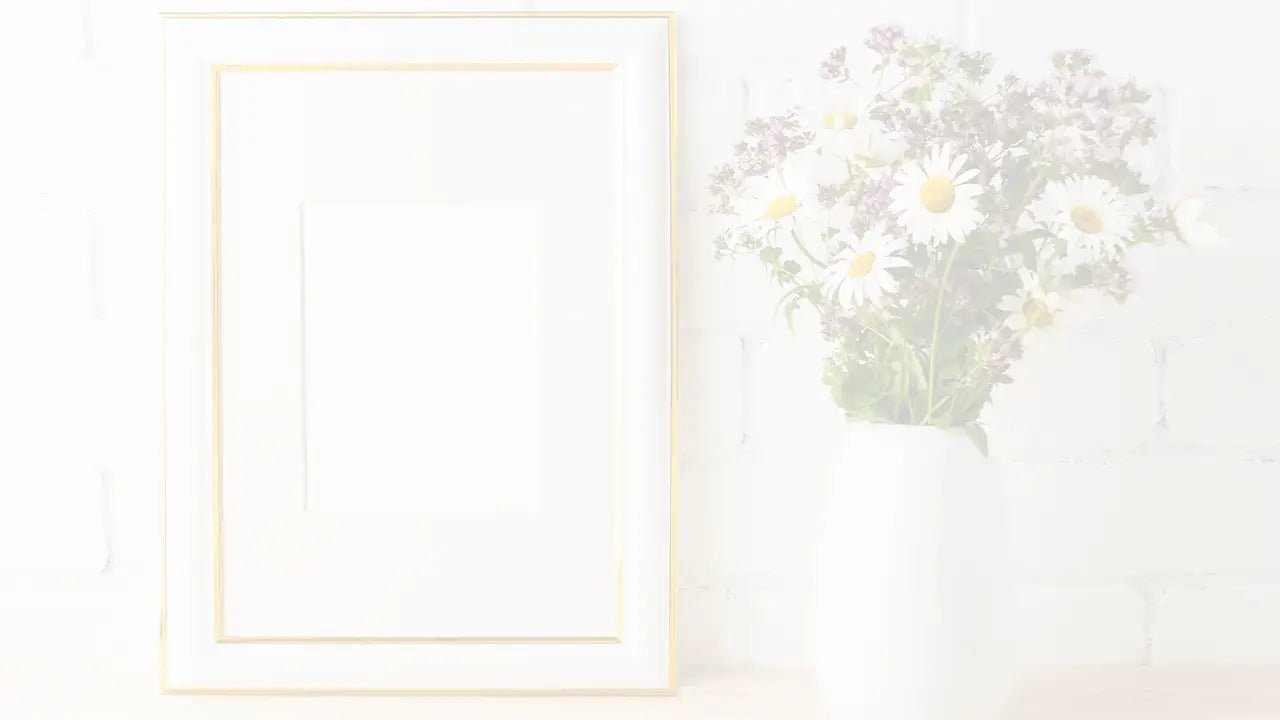

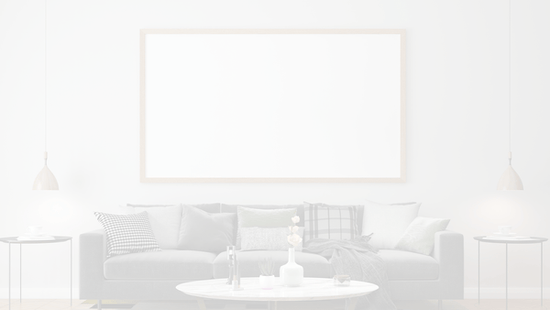

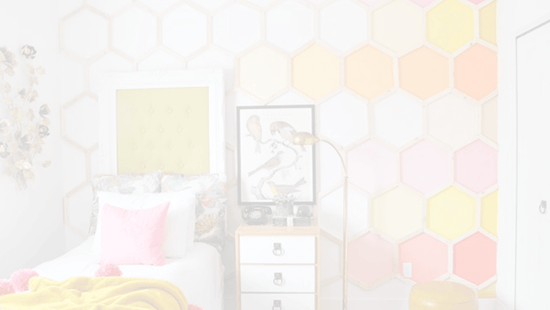



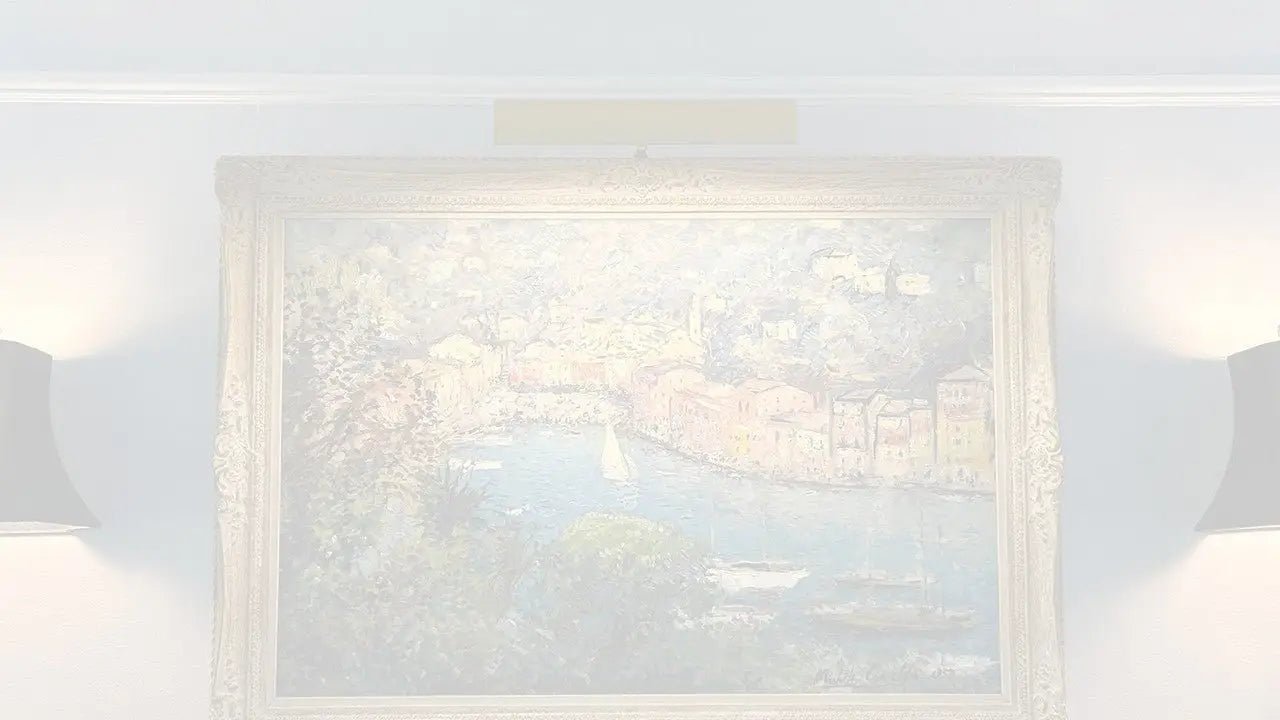
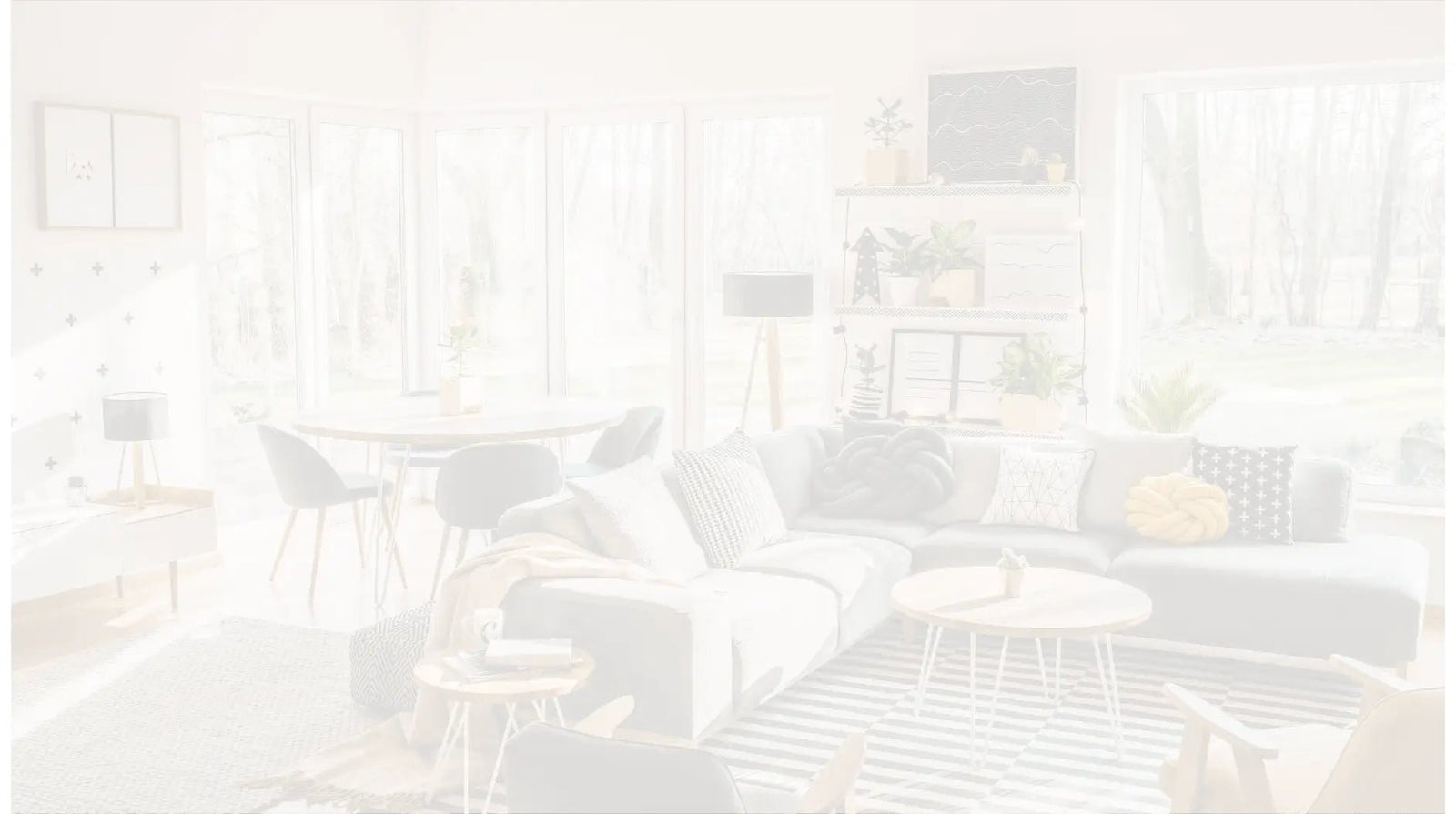
Leave a comment (all fields required)